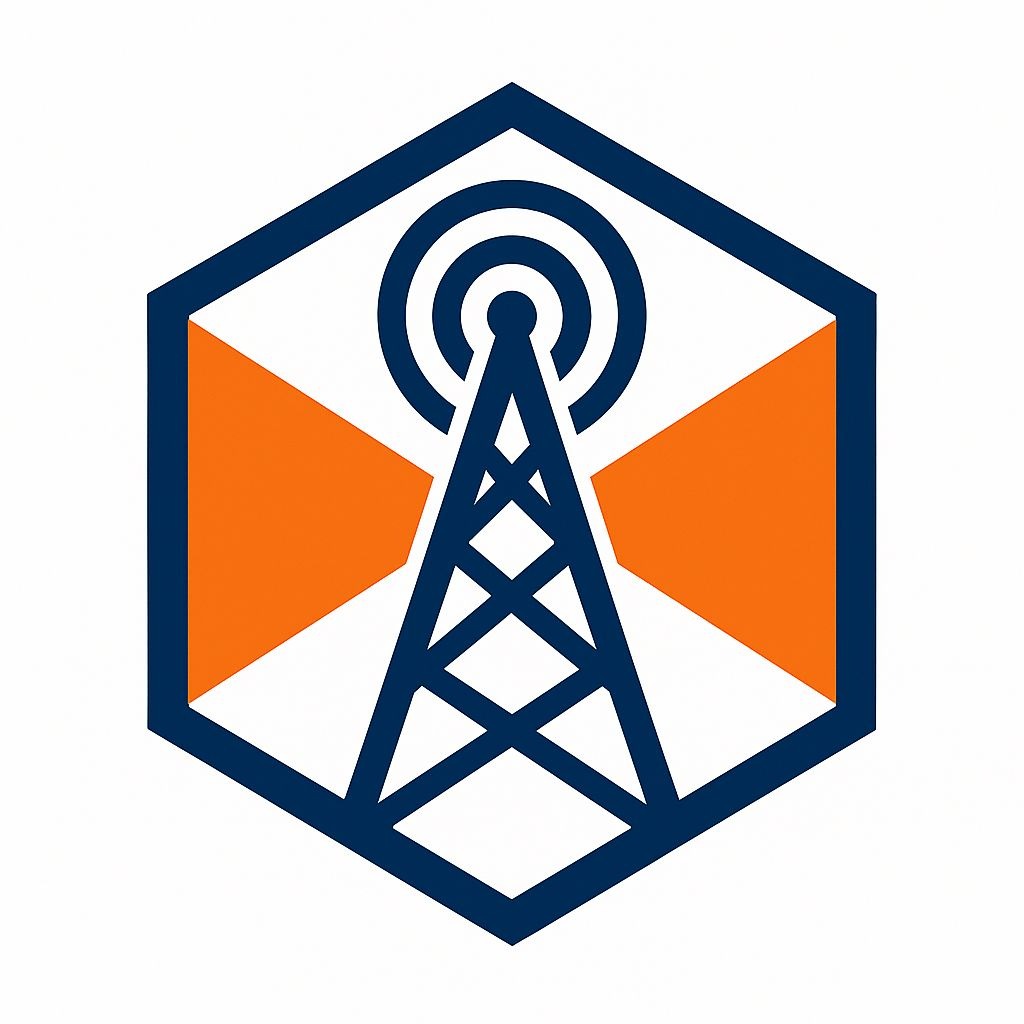
Understanding the Context Behind GPT-5's Reception
Sam Altman, CEO of OpenAI, recently grabbed headlines defending the GPT-5 language model amidst significant criticism following its launch. While many have expressed discontent over performance glitches and unmet expectations, Altman believes these critiques stem from a misunderstanding of the model's capabilities and design. The rollout, marked by technical issues and a less-than-stellar first impression, led some skeptics to predict an impending decline for AI advancements, echoing sentiments reminiscent of the earlier AI winters.
The Science Behind GPT-5: More Than Just a Chatbot
Critics often view AI models through the lens of immediate usability, neglecting the specialized enhancements aimed at scientific and coding applications. Altman emphasizes that GPT-5 is a notable step toward a new AI frontier, declaring it the first model capable of significantly aiding fields such as physics and biology. This departure from generalist performance marks GPT-5 as less of a consumer-focused product compared to its predecessors. OpenAI promotes it as a pioneering tool for experts, asserting that it is this unique optimization that demands a period of acclimatization from everyday users.
The Misinterpretation of AI Progress
One common misconception about GPT-5's development is the expectation for exponentially larger datasets yielding superior performance. Contrary to this belief, Altman explains that the advances in GPT-5 derive more from sophisticated reinforcement learning techniques, integrating human feedback to enhance effectiveness. Thus, this new model signals a shift in how OpenAI approaches development, focusing on refining existing capabilities rather than merely scaling up resources blindly.
A Shifting Narrative: AGI as a Continuous Journey
As conversations around Artificial General Intelligence (AGI) evolve, OpenAI is redefining its goals. Rather than framing AGI as a finite destination, Altman describes it as a continuous process, emphasizing the ongoing nature of advancements. This perspective alleviates previous pressure for immediate results while still promoting a vision that AI must contribute significantly to scientific, technological, and economic landscapes.
Takeaways for Parents and Families About AI's Evolution
The developments in models like GPT-5 offer important lessons for families navigating the world of AI technology. Understanding that these tools are not purely consumer-oriented helps set realistic expectations. As AI continues to mature, both parents and their children can anticipate a role in shaping how these systems integrate into daily life. The future of AI might be filled with unprecedented opportunities for problem-solving in education, healthcare, and personal productivity.
Ultimately, embracing this technology with an informed mindset allows families to view AI as a partner rather than a competitor, fostering an environment of adaptation and innovation for future generations.
 Add Row
Add Row  Add
Add 




Write A Comment